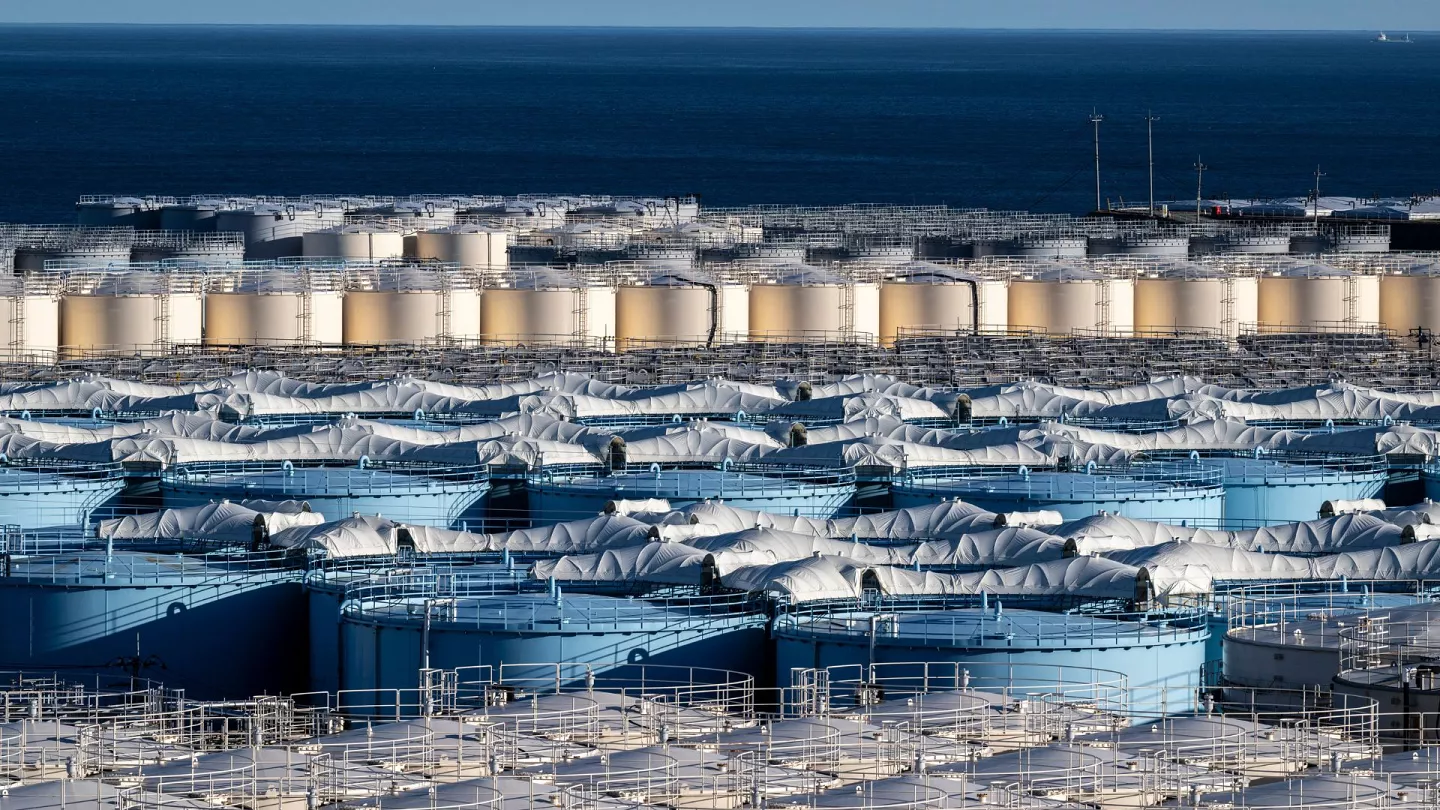
Japan Prepares for Second Release of Treated Nuclear Wastewater
Japan has initiated preparations for the second phase of disposing of treated nuclear wastewater. Processed wastewater from the Fukushima Nuclear Power Plant (NPP) is being released into the ocean.
According to AFP, on Thursday (October 5, 2023), TEPCO, the operator of the Fukushima NPP, stated that the second-phase release of treated wastewater into the Pacific Ocean began at around 10:18 local time.
Second Phase
The second-phase disposal process is expected to continue for the next 17 days.
This release follows the first phase conducted on August 24. Japan began disposing of a portion of the total 1.34 million tons of wastewater generated since the catastrophic tsunami damaged the NPP in 2011.
Similar to the first phase, approximately 7,800 tons of treated wastewater are expected to be released into the ocean in the second phase.
Not Pose Health Risks
Tokyo insists that this wastewater does not pose health risks, a view supported by the United Nations’ nuclear watchdog.
However, Beijing has repeatedly strongly criticized the disposal of nuclear waste. Not only that, Beijing has even imposed a ban on the import of Japanese seafood in response.
TEPCO mentioned that the wastewater has been filtered from all radioactive elements except tritium, which is at internationally recognized safe levels.
“The first release has been confirmed to have been carried out as planned and in a safe manner,” said Japanese government spokesperson Hirokazu Matsuno on Thursday (October 5) local time.
No Abnormalities have been Detected.
He also emphasized that no abnormalities have been detected.
Matsuno explained that the government will “continue to communicate the monitoring data results in a very transparent manner, both domestically and internationally.”
The release of nuclear wastewater is aimed at creating space to begin removing highly hazardous radioactive fuel and debris from the damaged power plant reactor.
A TEPCO official told reporters that they would closely monitor this second-phase disposal while implementing “maximum caution to ensure that there is no unintended discharge” of the treated wastewater into the sea.


